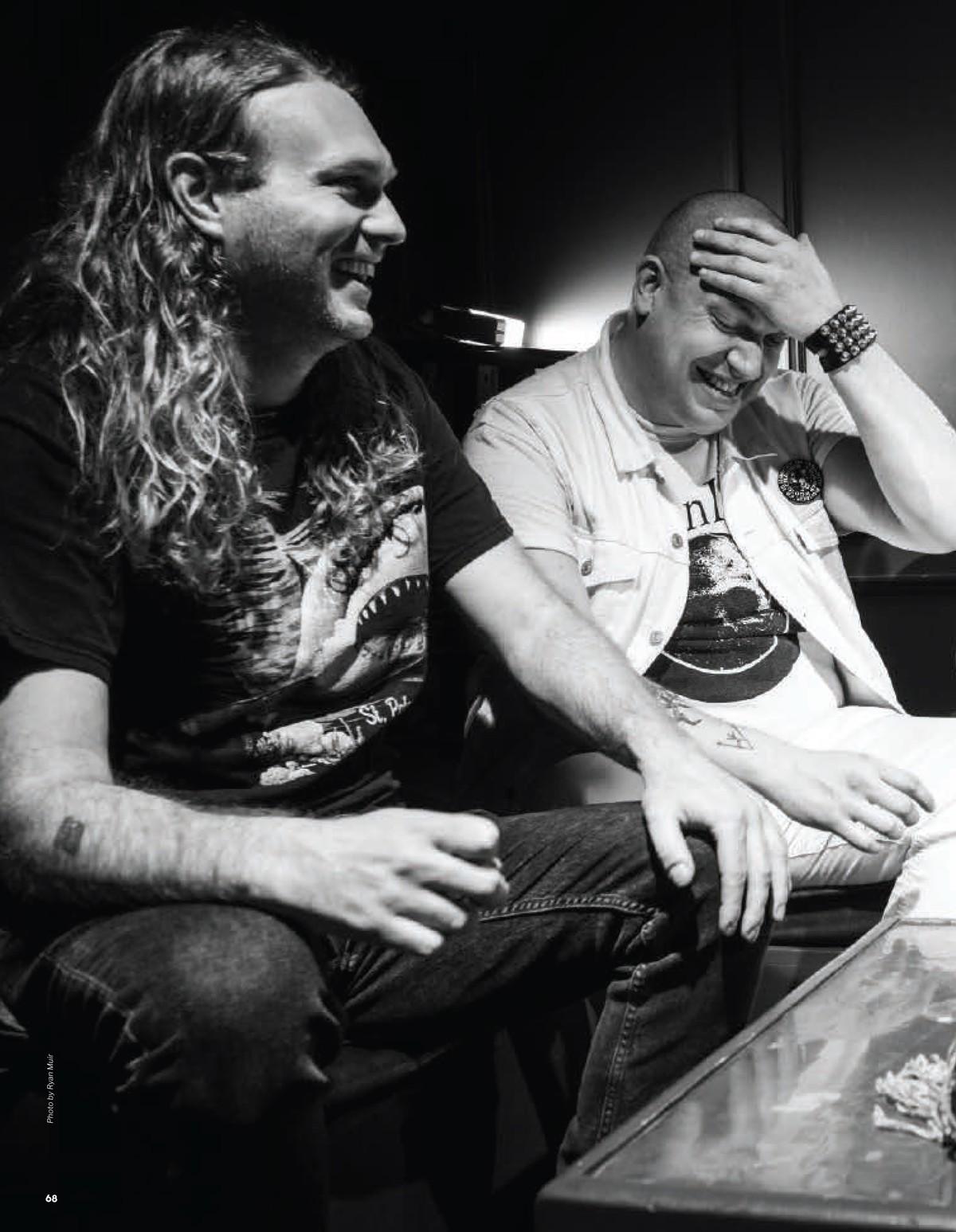HAPPY BIRTHDAY LARRY!
Warthog and their skulleted mascot blow out 10 candles.


In the second summer of the year of our lord COVID-19, a thousand punks showed up to watch Warthog play under a bridge in Brooklyn.
Fueled by a gasoline generator, 16 months of isolation, and recent double doses of vaccine, the permit-free show in an alleyway flanked by junkyards very quickly erupted into chaos. As some fans crowd-surfed and pitted, others climbed on top of parked big rigs to get a better view or set off fireworks; back in the pit, someone was breathing fireballs. The NYPD pulled up mid-set but had zero chance of clearing out such a completely unhinged scene. “The show happened, and no one got seriously injured, no one got arrested, and then we fucking bounced. And it was the most surreal, insane, adrenaline-fueled ‘what the fuck’ kind of night,” says Warthog drummer Ryan Naideau.
Warthog 1, Cops 0.

